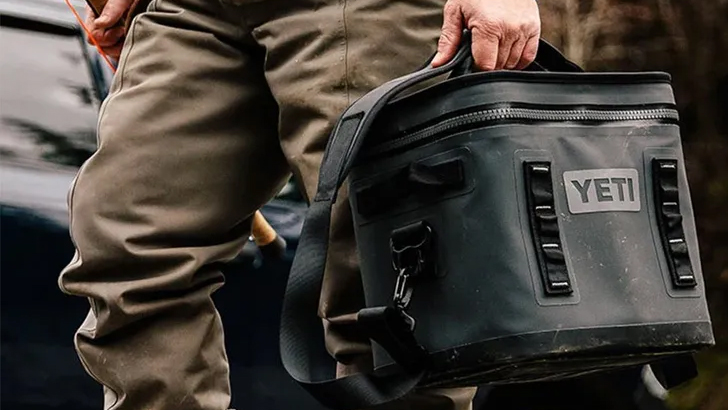
Why is Yeti so expensive? Its most expensive hard cooler costs $1,500. Let that sink in. One thousand, five hundred dollars. For a cool box. Of course, you could always buy one of its hats for $18.75. But generally, Yeti stuff is pricier than most. So, why is it?
Amazingly, Yeti was only founded 18 years ago, yet it has grown to become a massive worldwide brand, listed on the New York Stock Exchange, and boasting net sales of $1.41 billion in 2022. Not bad for a company that began selling coolers, which weren't exactly the most glamorous product at the time. However, Yeti has somehow made camping coolers cool and wrestled itself a huge share of the global cooler and drinkware markets.
Originally founded by two fishermen to solve the issue of unreliable, cheap coolers, Yeti has become a benchmark for quality in the outdoor world. Today, the product range includes both hard and soft coolers, an extensive range of drinkware (bottles, mugs and barware) and other apparel and gear, such as hats, shirts, blankets, bottle openers and ice substitutes. These days, Yeti’s drinkware accounts for around 60% of its sales.
Outdoor professionals and serious adventurers continue to swear by the performance of Yeti’s products, while the brand’s street cred means you’re also likely to see the logo at pool parties, festivals, conferences and other events across the world. So, what is the secret behind the Texas-based brand’s success and just why is Yeti so expensive?
Meet the expert
Today's best deals
Yeti's origins
- Yeti was founded in 2006 by brothers Roy and Ryan Seiders
- The Seiders brothers were fed up of poor quality coolers letting them down
- They set about creating a more robust and durable cooler, with industry leading ice retention
- In 2012, two thirds of Yeti were sold to Cortec Group
- In 2014, Yeti introduced the Rambler, starting its drinkware range
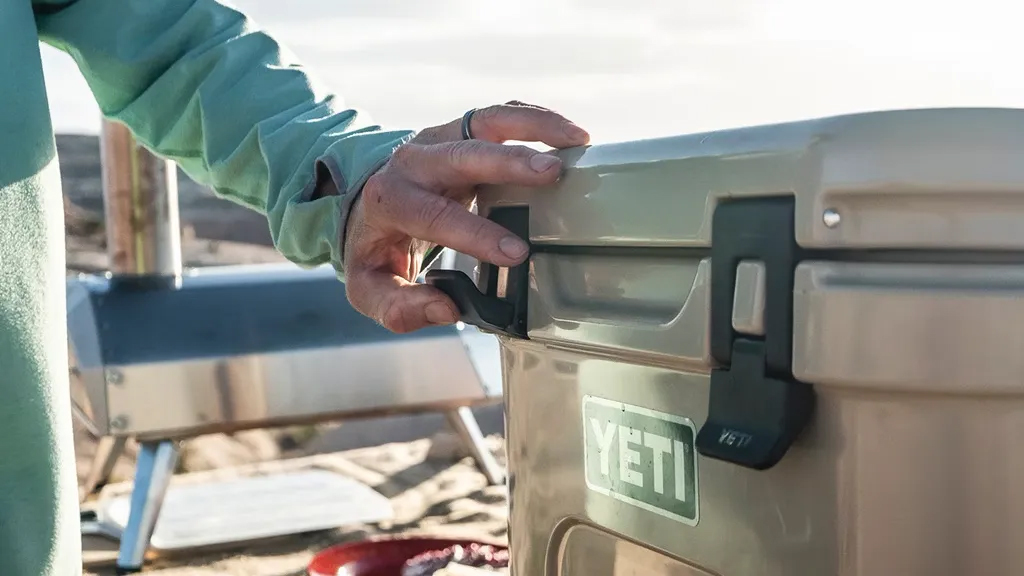
Yeti was founded in 2006 by brothers Roy and Ryan Seiders, avid outdoorsmen from Driftwood, Texas. Fed up with poor quality coolers that couldn’t cope with their outdoor adventures, they decided to do something about it. Their mission: ‘build the cooler we’d use every day if it existed’. This would be a cooler that was highly durable, constructed in robust fashion from rugged materials. It had to be a cooler that could put up with plenty of abuse on the field and on the water. It had to be a cooler they could stand on while fly-fishing. Yeti was born.
The brothers’ vision for durability and functionality was a winner with customers and sales rolled in. Early customers were also very impressed with the ice retention of the coolers and news of this quality new product quickly spread via word of mouth. However, by 2011, sales were outpacing the burgeoning business’ manufacturing capacity. To make the big catch, they were gonna need a bigger boat.
So, in 2012, the Seiders sold around two thirds of the business to Coretc Group, which took over operations. In 2014, Yeti introduced Rambler, its stainless steel drinkware line, which widened the brand’s market and lowered entry point for customers. Incredibly, in just 10 years, Yeti’s range of drinkware has been an even greater success than its coolers. Then, in 2018, Cortec took Yeti public, listing on the New York Stock Exchange.
Today, Yeti has 18 retail stores in the US and a huge distribution network worldwide. The brand continues to grow, both financially and in terms of its reputation, which has enabled to keep its prices and the quality of its products high. Let’s delve into some other reasons Yeti products cost that little bit more.
Rugged and robust quality
- Yeti takes a non-compromise approach to its products
- The brand carry out stringent quality controls on its third-party manufacturing facilities across the world
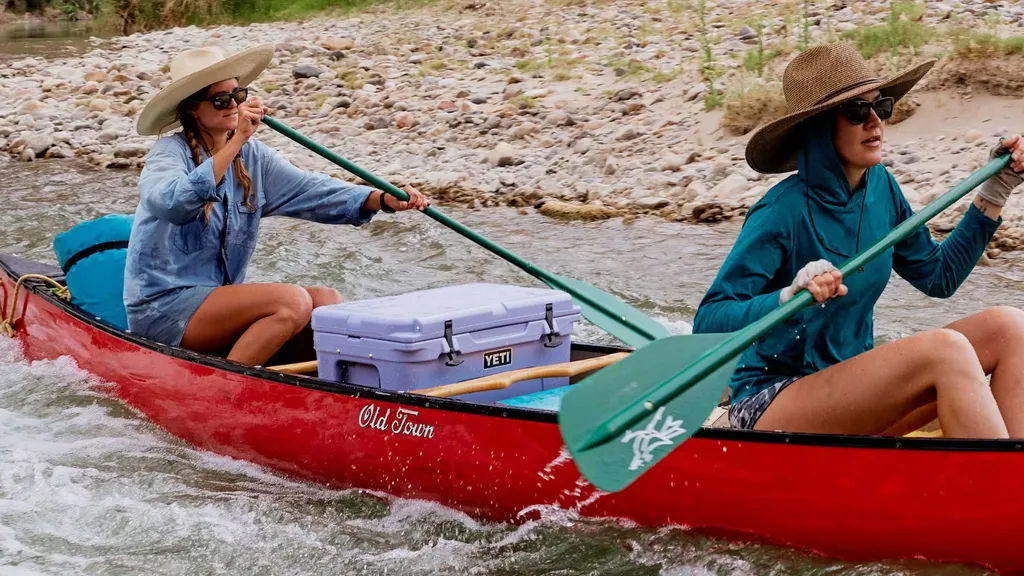
From the outset, the Seiders brothers were focussed on the quality of Yeti’s products. There's no compromise on the quality of the materials that go into its coolers and drinkware, nor the meticulous nature of their design. For example, the manufacture of its coolers is costly due to the nature of their rotomolded polyethylene and the commercial-grade polyurethane insulation. This leads to cool boxes that are much more expensive than similar sized offerings from the likes of Coleman.
Yeti outsources its manufacturing; the brand doesn’t own or operate any of its own facilities. The products are made in China, the Philippines, Vietnam, Taiwan, Poland, Mexico, Thailand and Malaysia. In order to ensure consistency and quality, Yeti provides detailed specifications to its manufacturing partners and it periodically inspects goods at the end of the production line. The level of quality control comes at a cost to the business, which is reflected in the price of the products.
Research and development
- Yeti invests in the development and testing of its prototypes before releasing products to the market
- When you buy a Yeti product, you pay for the innovation behind it
- Cheaper brands may have simply copied Yeti or other industry leaders, and would therefore not incur these costs
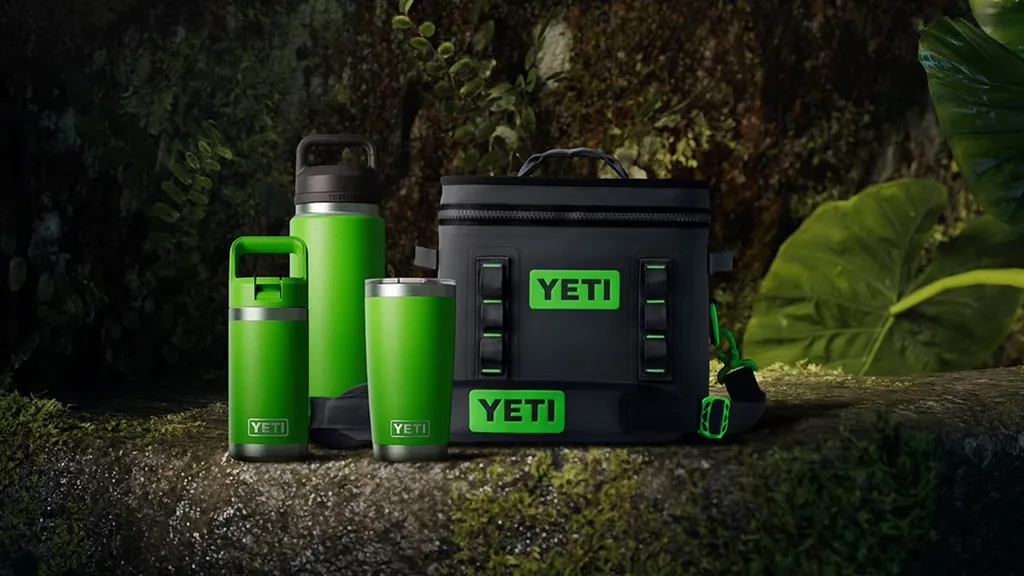
From the beginning, Yeti decided that ‘product innovation would come from necessity and firsthand experience – not from market research and data analysis.’ The brand has modern, purpose-built research and development centers, where prototypes of new products are designed and tested. Yeti’s Ambassadors – made up of world-class anglers, hunters, rodeo cowboys, barbecue pitmasters, suffers, brewmasters, fitness experts, skateboarders, and outdoor adventurers – also test its prototypes, providing the feedback taken into account when the final product is shaped.
So, when you buy a Yeti product, you’re partly paying for the fact that it’s been thoughtfully designed and rigorously tested before arriving into the market. It’s likely budget brands will have imitated Yeti’s designs, without having gone through such a process.
Yeti is a status symbol
- Yeti has garnered a reputation as a must-have brand
- The brand has made many smart marketing decisions
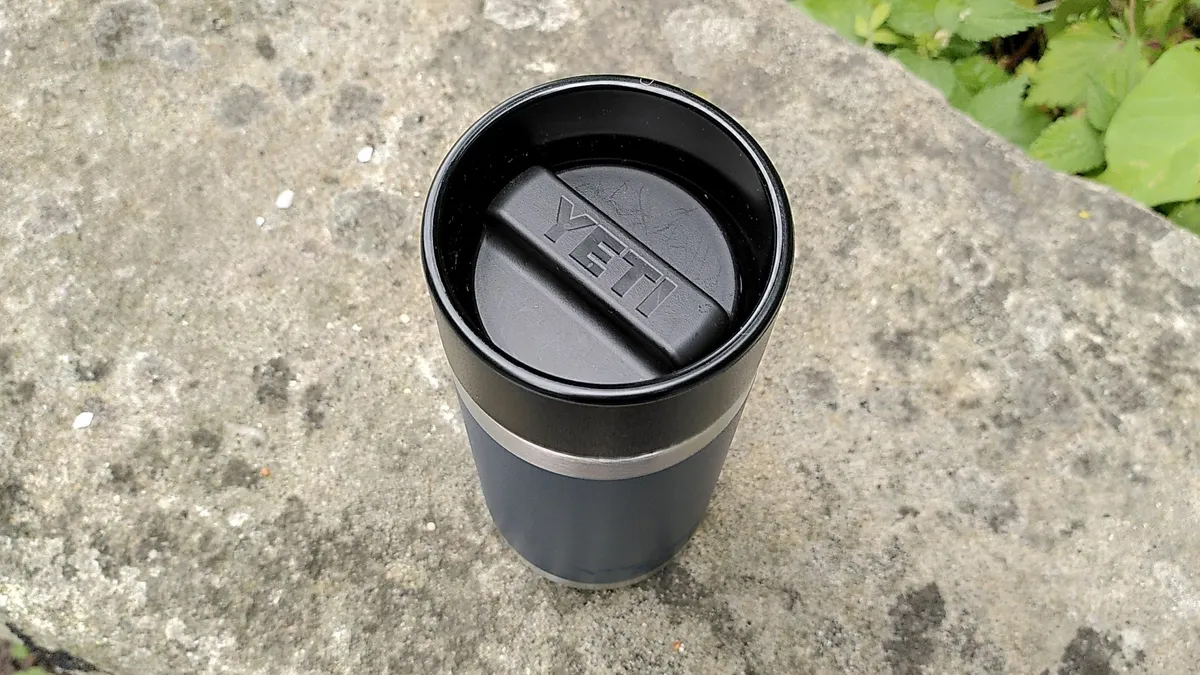
Despite all of this, other brands have just about caught up when it comes to quality. So, why is Yeti so expensive even today? Well, a big part of that is the popularity of the brand.
Just like how kids want to be seen wearing The North Face, Yeti is the must have brand for coolers and drinkware. It has certainly become something of a status symbol, particularly in the States. Quality alone didn’t achieve such status. Yeti also have some pretty ingenious marketing going on to maintain its premium reputation in order to reel in those customers.
After all, there are other drinkware and cooler brands out there that, in terms of quality, certainly give Yeti a run for its money. However, Yeti has carefully cultivated a strong community and an image that propels the brand forward. That it hired Calvin Klein’s Chief Marketing Officer, Melisa Goldie, in 2019 shows both how much emphasis Yeti place on the importance of marketing and also how positive the image of the brand is that it was able to attract talent from another iconic brand.
Sustainability efforts
- Yeti is investing to help it progress towards various environmental goals
- The Rambler Buy Back scheme and Yeti Rescues are examples of developments in its circular economy efforts
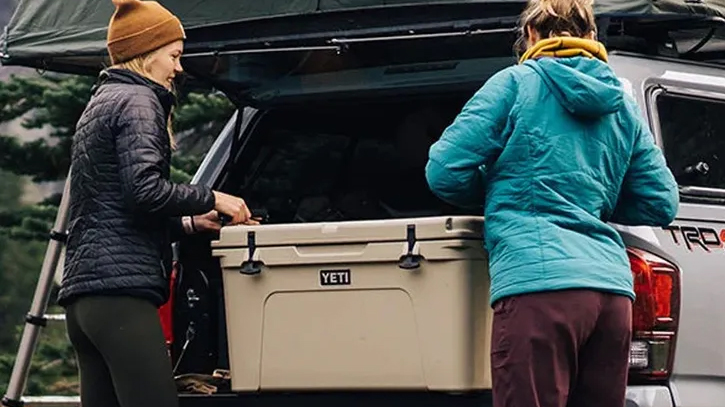
Yeti announced a set of ESG (Environmental, Social, and Governance) goals in 2021 and is currently working towards achieving these. This means additional investment to tackle challenges such as helping suppliers to meet the brand’s Responsible Sourcing expectations, achieving zero waste to landfill across the value chain by 2030, launching circular economy strategies, creating 100% recyclable or reusable packaging by 2025 etc. If you’re interested to see the brand’s progress, you can read its 2023 ESG Report.
Similar to Patagonia’s Worn Wear and Rab’s Second Stitch, Yeti’s Rambler Buy Back offers customers the opportunity to trade in their old Yeti drinkware for a discount on other Yeti products. Meanwhile, the Yeti Rescues scheme repairs and refurbishes used Yeti gear, making it available for resale as a 100% functional product. These kinds of circular business models are set to be key in the future.
The verdict
So, why is Yeti so expensive? The brand was the first to make a truly premium cooler. Rather than putting its initial success on ice, sensible business decisions, clever marketing and well-chosen new business lines have subsequently led to Yeti being a very aspirational brand across the world. That it was the original premium cooler company only fuels its reputation and people will simply pay more for the logo.
- The best hiking water bottles: tough bottles tested on the trails







